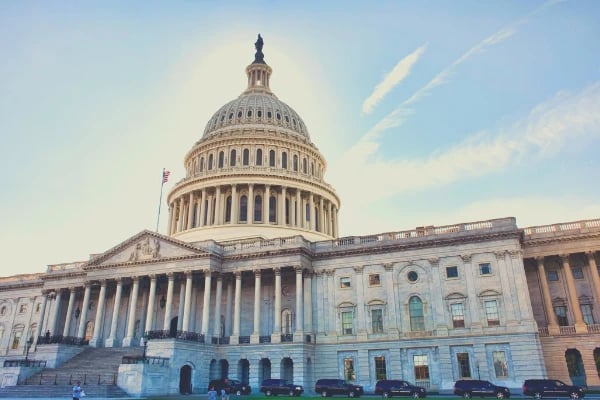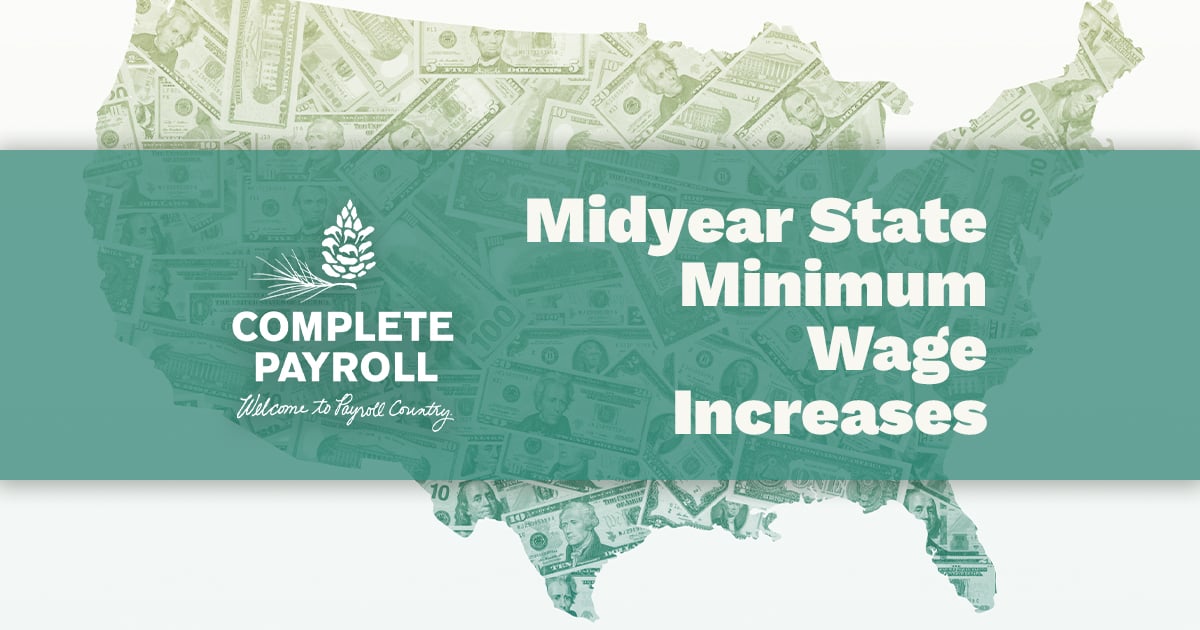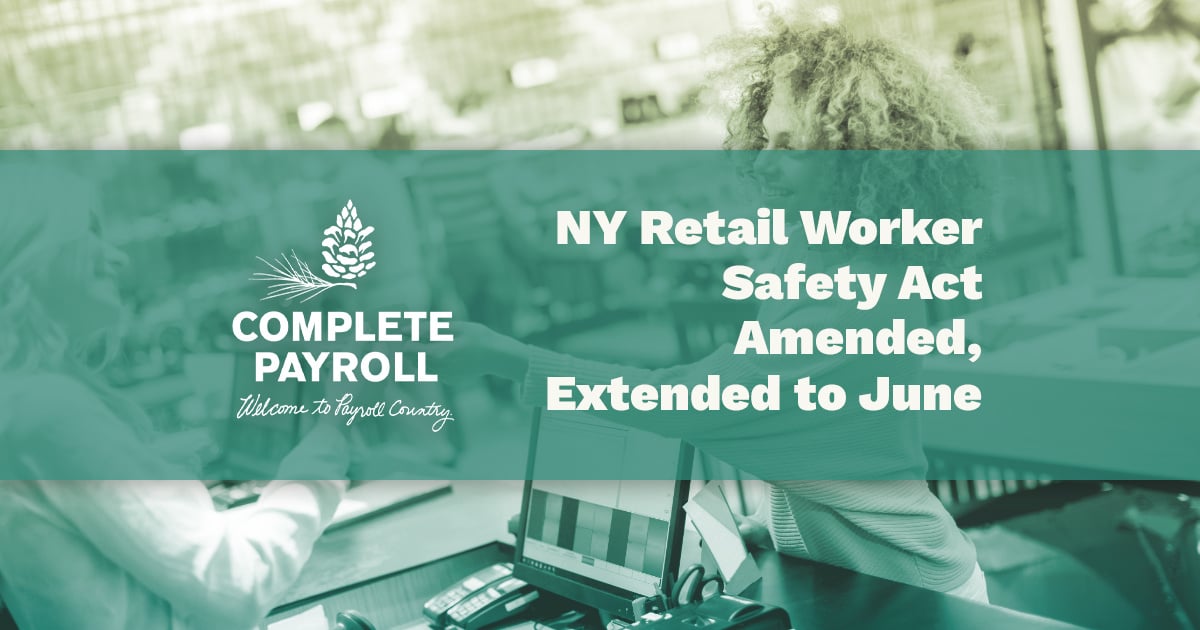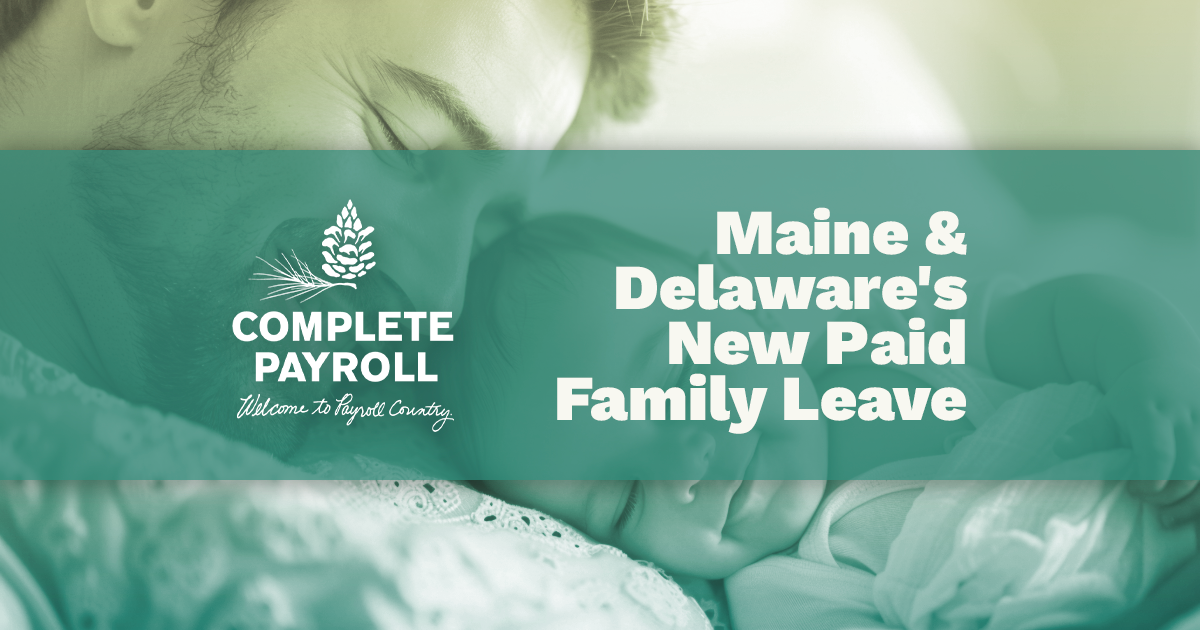
The American Rescue Plan Act (ARPA), which is the latest bill to address the ongoing economic impacts of COVID-19, has been signed into law. Most aspects of the law do not directly affect the HR function, but those that do—optional extension of sick and family leave and establishment of COBRA subsidies—are outlined below.
OPTIONAL EXTENSION OF SICK AND FAMILY LEAVES
Part of ARPA is an extension of the current tax credit scheme for Emergency Paid Sick Leave (EPSL) and Emergency Family and Medical Leave (EFMLA) under the Families First Coronavirus Response Act (FFCRA). The FFCRA required many employers to provide EPSL and EFMLA in 2020, but became optional when it was previously extended to cover January 1 through March 31, 2021.
The new extension under ARPA takes effect April 1, 2021, and lasts through September 30, 2021. Like the current version, it remains optional. In addition, tax credits are available but only to employers with fewer than 500 employees and up to certain caps. To receive the tax credit, employers are required to follow the original provisions of the FFCRA. For example, they can’t deny EPSL or EFMLA to an employee if they’re otherwise eligible, can’t terminate them for taking EPSL or EFMLA, and have to continue their health insurance during these leaves.
Emergency Paid Sick Leave (EPSL) Changes
Here are the key changes to EPSL, in effect from April 1 through September 30, 2021:
- Employees can take EPSL to get the COVID vaccine and to recover from any related side effects.
- Employees can take EPSL when seeking or waiting for a COVID-19 diagnosis or test result if they’ve been exposed to COVID-19 or if the employer has asked them to get a diagnosis or test. (Previously, time spent waiting on test results was not necessarily covered, which seemed like an oversight.)
- Employees will be eligible for a new bank of leave on April 1. Full-time employees are entitled to 80 hours while part-time employees are entitled to a prorated amount.
- Employers can’t provide EPSL in a manner that favors highly compensated employees or full-time employees or that discriminates based on how long employees have worked for the employer. (Be aware that any inconsistencies in the granting of leave could potentially lead to a discrimination claim.)
Emergency Family and Medical Leave (EFMLA) Changes
Here are the key changes to EFMLA, in effect from April 1 through September 30, 2021:
- EFMLA can now be used for any EPSL reason, in addition to the original childcare reasons. This includes the two new EPSL reasons noted above.
- The 10-day unpaid waiting period has been eliminated.
- The cap on the reimbursable tax credit for EFMLA has been increased to $12,000 (from $10,000). This applies to all EFMLA taken by an employee, beginning April 1, 2020. This change accounts for the additional 10 days of paid time off—the daily cap of $200 remains the same.
- The law isn’t clear as to whether employees are entitled to a new 12-week bank of EFMLA. We anticipate that the IRS, DOL, or both will provide guidance on this question soon. It is possible that an employee will be entitled to additional unpaid protected time off, even if they already received the maximum reimbursable amount during previous EFMLA leave(s). We will update our materials if and when new information is available.
- Employers can’t provide EFMLA in a manner that favors highly compensated employees or full-time employees or that is based on how long employees have worked for the employer. (Again, be aware that any inconsistencies in the granting of leave could potentially lead to a discrimination claim.)
Reasons for Using EPSL and EFMLA
Starting on April 1, employees can take EPSL or EFMLA for the same set of reasons, which is a useful simplification. The following are acceptable reasons for taking these leaves:
- When quarantined or isolated subject to federal, state, or local quarantine or isolation order
- When advised by a health care provider to self-quarantine because of COVID-19
- When the employee is:
a. Experiencing symptoms of COVID-19 and seeking a medical diagnosis
b. Seeking or awaiting the results of a diagnostic test for, or a medical diagnosis of, COVID-19 because they have been exposed or because their employer has requested the test or diagnosis
c. Obtaining a COVID-19 vaccination or recovering from any injury, disability, illness, or condition related to the vaccination - When caring for another person who is isolating or quarantining on government or doctor’s orders
- When caring for a child whose school or place of care is closed due to COVID-19
Employees and employers will—in most cases—want to exhaust EPSL first, since it has a higher tax credit, except when used to care for others.
Tax Credit Review
The tax credits available between April 1 and September 31 are the same as under the original FFCRA, except for the increased aggregate cap for EFMLA. Tax credits are available as described below, regardless of how much EPSL or EFMLA an employee used prior to April 1.
- The credit available for EPSL when used for reasons 1, 2, or 3 (self-care) is up to 100% of an employee’s regular pay, with a limit of $511 per day.
- The credit available for EPSL when used for reasons 4 or 5 (care for another) is up to 2/3 of an employee’s regular rate of pay, with a limit of $200 per day.
- The credit available for EFMLA for any reason is up to 2/3 of an employee’s regular pay, with a limit of $200 per day and a cap of $12,000 per employee.
Employers can also claim a credit for their share of Medicare tax on the employee’s wages and the cost of maintaining the employee’s health insurance (qualified health plan expenses) during their absence.
COBRA SUBSIDIES
Another important aspect of the law employers should understand is the creation of COBRA subsidies.
Employees and families enrolled in the employer’s group health plans may lose coverage if the employee’s work hours are reduced or employment is terminated. They can elect to continue coverage under COBRA, but the high premium cost can make it difficult to afford this coverage.
ARPA provides a 100% COBRA subsidy if the employee’s work reduction or termination was involuntary. The subsidy applies for up to six months of coverage from April 2021 through September 2021 (unless the individual’s maximum COBRA period expires earlier).
For group plans subject to the federal COBRA rules, the employer will be required to pay the COBRA premium but then will be reimbursed through a refundable payroll tax credit.
Employers with fewer than 20 workers usually are exempt from the federal COBRA rules, but their group medical insurance plans may be subject to a state’s mini-COBRA law. In that case, it appears the subsidy will be administered by the carrier. The carrier will pay the premium and then be reimbursed by the government.
Employers will need to work with their group health plan carriers and vendors on how to administer the new subsidy provision. Although it takes effect April 1, 2021, employees who were terminated earlier but are still in their COBRA election window also are included. Federal guidance is expected to be released by April 10, including model notices that plans can tailor for their use.
Note that the COBRA subsidy doesn’t apply during FFCRA leaves because employees are entitled to maintain their health insurance during those leaves on the same terms as though they had continued to work.
















_11zon.webp?width=600&height=400&name=CP_Blog%20Image_Coronavirus_%20FFCRA%20What%20If%20Grid%20for%20Employers%20and%20Employees%20(1)_11zon.webp)
 Get Instant Blog Notifications
Get Instant Blog Notifications


